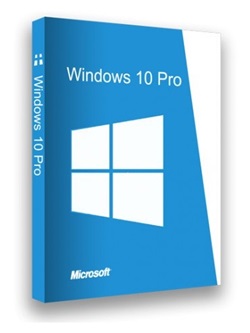Windows 10 receives new releases on an ongoing basis, which are available to users at no additional cost
Windows 10 is a series of personal computer operating systems produced by Microsoft as part of its Windows NT family of operating systems. Devices in enterprise environments can receive these updates at a slower rate, or use long-term support milestones, receiving only critical updates such as security patches during their ten-year long-term support. One of the most notable features of Windows 10 is support for Universal apps, an expansion of Metro-style apps first introduced in Windows 8.
Includes a start menu
Universal apps can be designed to run across multiple Microsoft product families with nearly identical code, including PCs, tablets, and smartphones. , embedded systems, Xbox One, Surface Hub and Mixed Reality. The Windows user interface was revised to handle transitions between a mouse-oriented interface based on existing input devices and a touchscreen-optimized interface, especially on 2-in-1 PCs, both of which were updated to include elements of Windows 7’s traditional Start menu.
With tiles in Windows 8
Windows 10 also introduced the Microsoft Edge web browser, a virtual desktop system, a window called Task View and a desktop management feature, support for fingerprint and facial recognition logins, new security features for enterprise environments, and DirectX 12. . What’s New: – Languages: Arabic, English, German, Spanish, Italian, Dutch , Portuguese-Portuguese, Portuguese-Brazil, Turkey!
– RAM: 1 gigabyte (GB)
System Requirements: – Processor: 1 gigahertz (GHz) or higher. – Free hard disk space: 16 gigabytes (GB). – Graphics adapter: Graphics device Microsoft DirectX 9 or higher.
– Additional requirements for using some features
– Touch capabilities require a tablet or monitor that supports multi-touch technology. – To access the Windows Store to download and run apps, you need an active Internet connection and a screen resolution of at least 1024 x 768 pixels.



 34/35
34/35